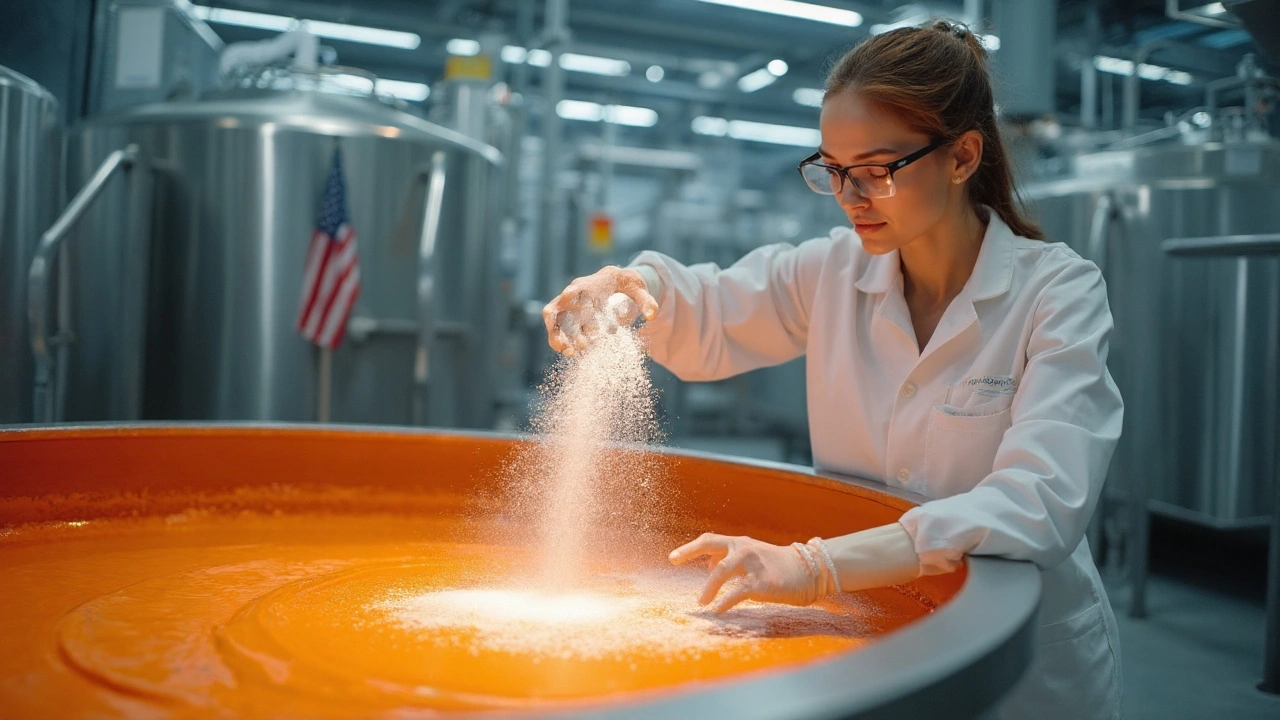Materials & Manufacturing: Real‑World Tips You Can Use Today
Looking for straight‑forward advice on the stuff that builds our world? You’ve landed in the right spot. Whether you’re a hobbyist, a plant manager, or just curious about how raw material becomes a finished product, this page gives you the basics without the jargon.
Why Materials Matter in Today’s Production
Every product starts with a material choice. Steel, plastic, ceramics – each brings its own strengths, cost, and environmental impact. Picking the right one can save time, cut waste, and boost performance. For example, using a high‑strength alloy in a car frame reduces weight, which improves fuel efficiency.
Manufacturing processes are just as important. A material that works well in injection molding might fail in extrusion. Understanding how heat, pressure, and speed affect your material helps you avoid costly mistakes. Simple tests, like a quick melt flow index check, can reveal whether a polymer will flow smoothly through a die.
Spotlight: Aluminium Hydroxide in Paints
One material that’s quietly reshaping a big market is aluminium hydroxide. It’s not just a lab chemical – it’s a game‑changer in paints and coatings. As a mineral filler, it adds bulk without sacrificing strength, helping manufacturers keep costs low while delivering a smooth finish.
Beyond cost, aluminium hydroxide offers flame‑retardant properties. When mixed into a coating, it forms a protective barrier that slows down fire spread. This makes it a go‑to choice for industrial facilities, public transport, and even home interiors where safety standards are strict.
Processing tips are simple: blend the hydroxide with your resin at a moderate speed to avoid clumping, then use a low‑shear mixer for a uniform texture. Safety-wise, treat it like any fine powder – wear a mask and ensure good ventilation. The result? A durable, low‑toxicity paint that meets both performance and regulatory demands.
Want to see aluminium hydroxide in action? Our featured article "How Aluminium Hydroxide Powers Modern Paints and Coatings" walks you through the chemistry, performance data, and real‑world applications. It’s a quick read that shows how a single ingredient can lift an entire product line.
Beyond paints, aluminium hydroxide pops up in plastics, ceramics, and even personal care products. Its versatility stems from a stable crystal structure that tolerates high temperatures and chemical exposure. If you’re experimenting with new formulations, keep it on your shortlist.
Finally, remember that material choices ripple through the supply chain. Choosing a widely available filler like aluminium hydroxide can smooth out logistics, reduce lead times, and lower inventory costs. It’s a small decision with a big payoff.
Ready to apply these ideas? Start by listing the key performance criteria for your next project – cost, durability, safety – then match them to materials that check those boxes. Use quick reference tables, talk to suppliers, and run a small pilot batch before scaling up. The right material makes the whole process easier, cheaper, and safer.
Environmental Monitoring: Testing Facilities for Contamination in Manufacturing
Environmental monitoring in manufacturing prevents contamination by testing surfaces, air, and water for microbes and chemicals. Learn how Zone 1-4 sampling, ATP testing, and regulatory rules keep products safe.
How Aluminium Hydroxide Powers Modern Paints and Coatings
Explore why aluminium hydroxide is a game‑changer in paint and coatings, from filler performance to flame‑retardant protection, processing tips and safety considerations.

